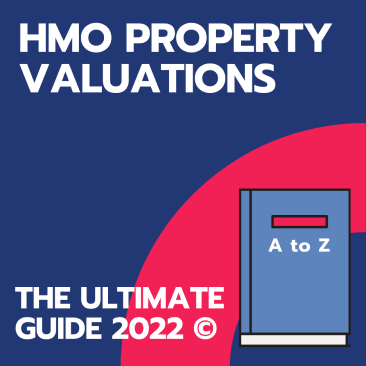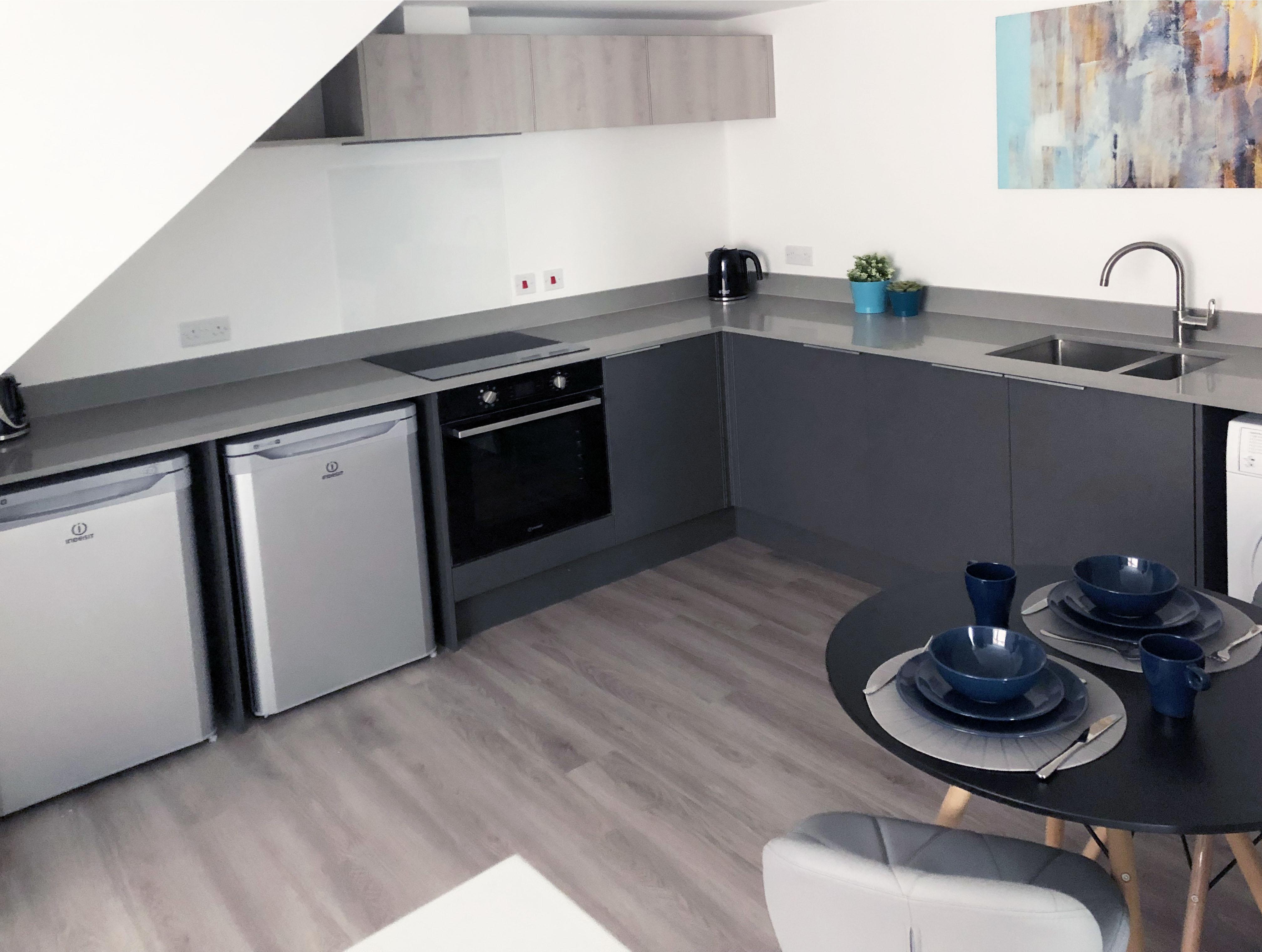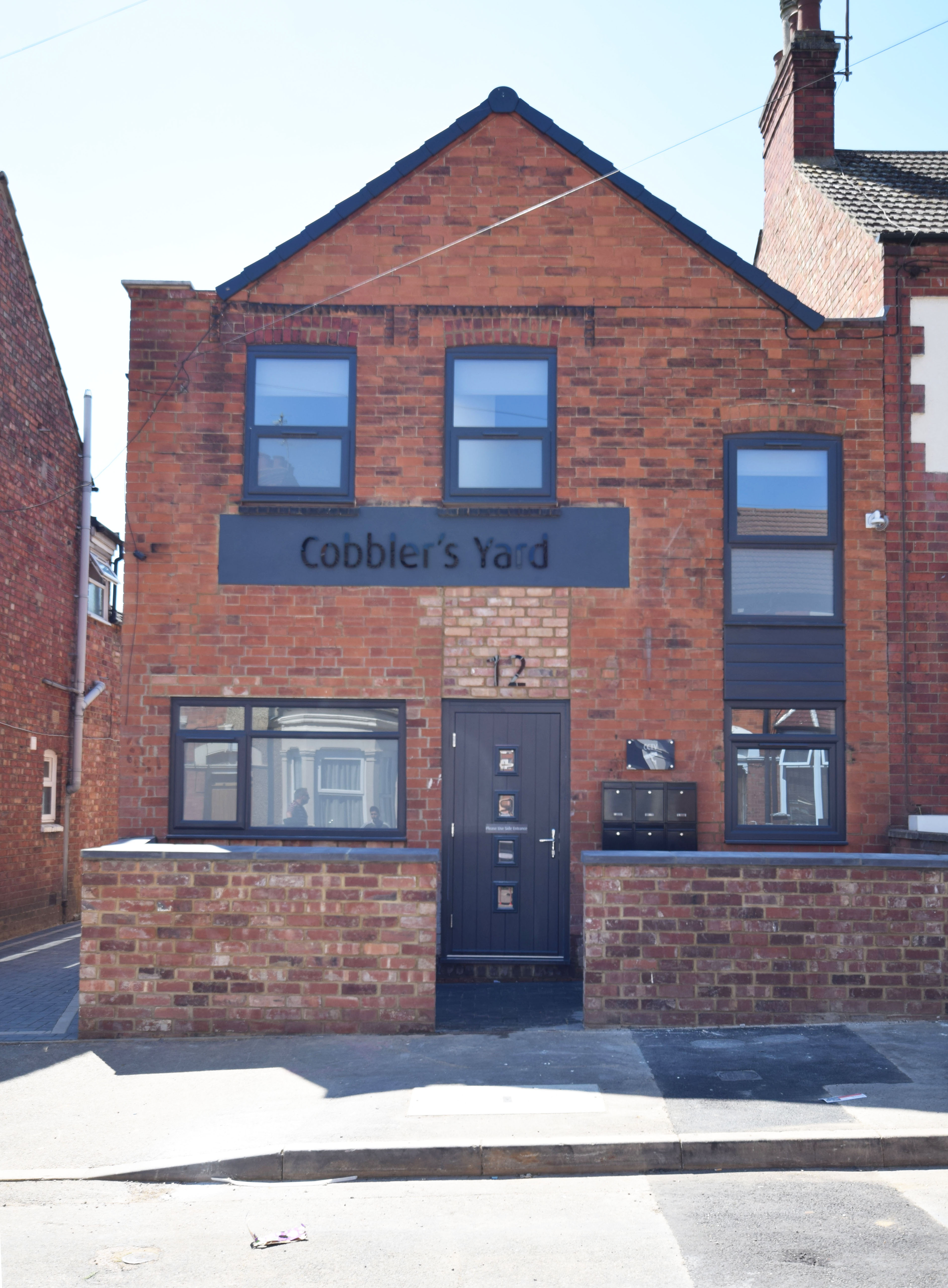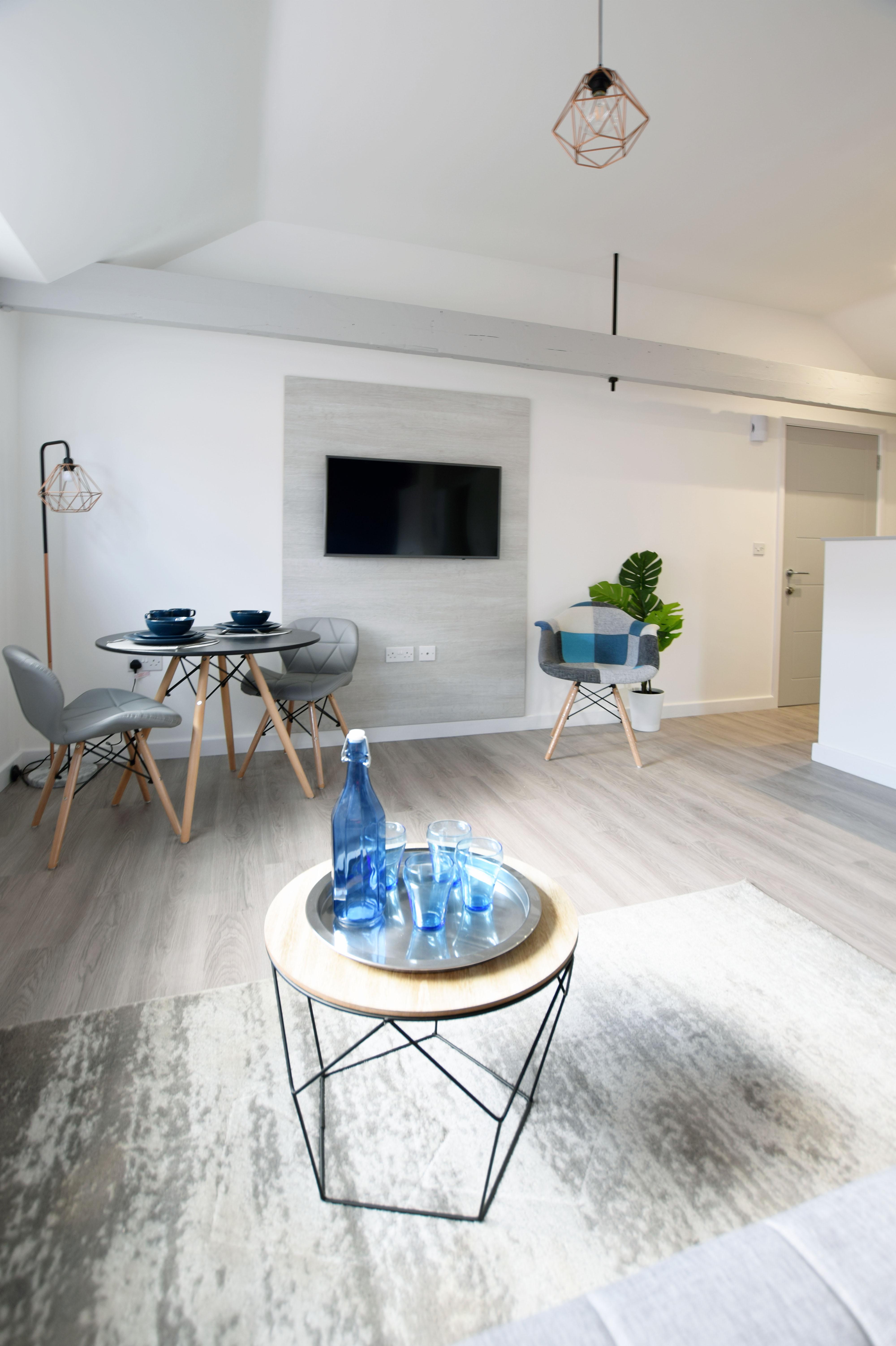Depending on the purpose of the HMO valuation (mortgage or sale), will dictate the methodology you will need to understand.
FOR SALE
If you are looking to sell an HMO property, then the most important thing to think about making the property attractive to potential investors. Use the marketing price to draw in attention and then use pricing strategy to ensure buyers feel like they are getting a good deal.
Priced too high, and the listing will attract no attention. Priced too low and you may fail to extract maximum value from the transaction, based on your target transaction timeframe.
The better the area the lower the gross yield, for example, Mayfair is circa 2% (not that anyone does HMOs as an investment strategy in Mayfair).
Beware: Most high street agents are incentivised to tell you whatever you need to hear to win your business (like a price that is likely too high, to make you feel good and thus sign up with them).
Ultimately with HMO sales, with mortgaged buyers, the surveyor is the most important factor, in supporting a potential sale.
For more complete information if you are looking to sell, then check out How to Sell an HMO Property: the Ultimate Guide.
FOR MORTGAGE
If you are looking to mortgage or remortgage an HMO property, then the objective is to try to understand how a surveyor will appraise an HMO property. Surveyors all have different opinions so finding precise answers is difficult.
Providing a surveyor with supporting documentation (a local comparable sold HMO, for example) to justify a particular valuation. The main problem the surveyors face is the lack of direct comparables available to enable them to draw accurate comparisons, and thus give be confident about valuations.
For help with HMO mortgages make sure to check out the thehmomortgagebroker.co.uk
They are experts in managing the process and helping find relevant lenders who are happy with commercial valuations, assuming the property qualifies. They cannot predict the valuation figure but are the market leader in HMO lending if you want a fast, efficient, and HMO-specific experience.



